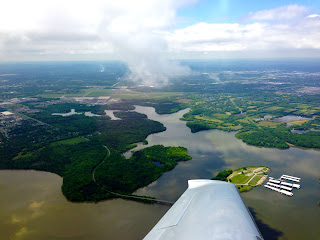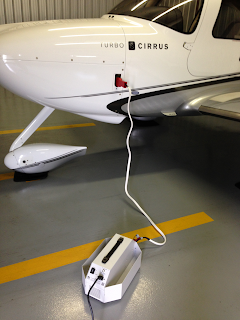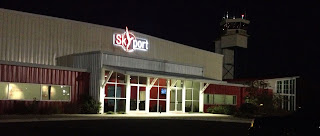800

Having recently crossed the 800 total hour mark, I thought I'd write a bit about my last few months of flying. I've done a fair number of trips back and forth to Texas, not the least of which was my last one. When the day came that I was scheduled to head home, there was a major cold front that had just rolled in the night before. After careful preflight planning (that I re-did at least three times to double check myself) I decided I could not only make it home with plenty of safety margin, but could climb up to 15,000', don the oxygen cannula, and get all the way home in one hop at 240kts. It worked out really well, and I landed with nearly 2 hours of fuel still in the tanks. The FIKI (Flight into Known Ice) capability of the airplane helped during the departure as it gave that much more of a safety edge as I climbed out through about 6000' of thick, cold clouds. In general, I've expanded my weather envelope a bit recently - I feel better able to evalu






